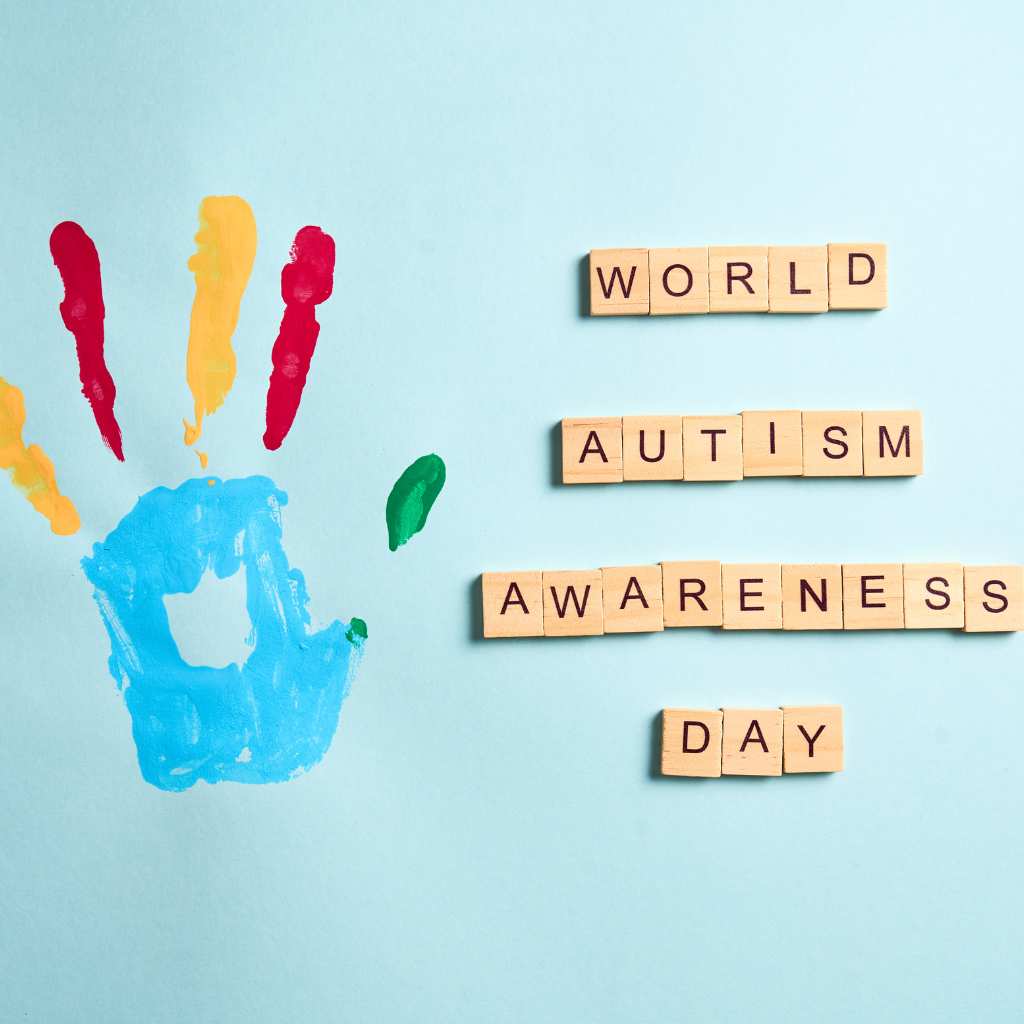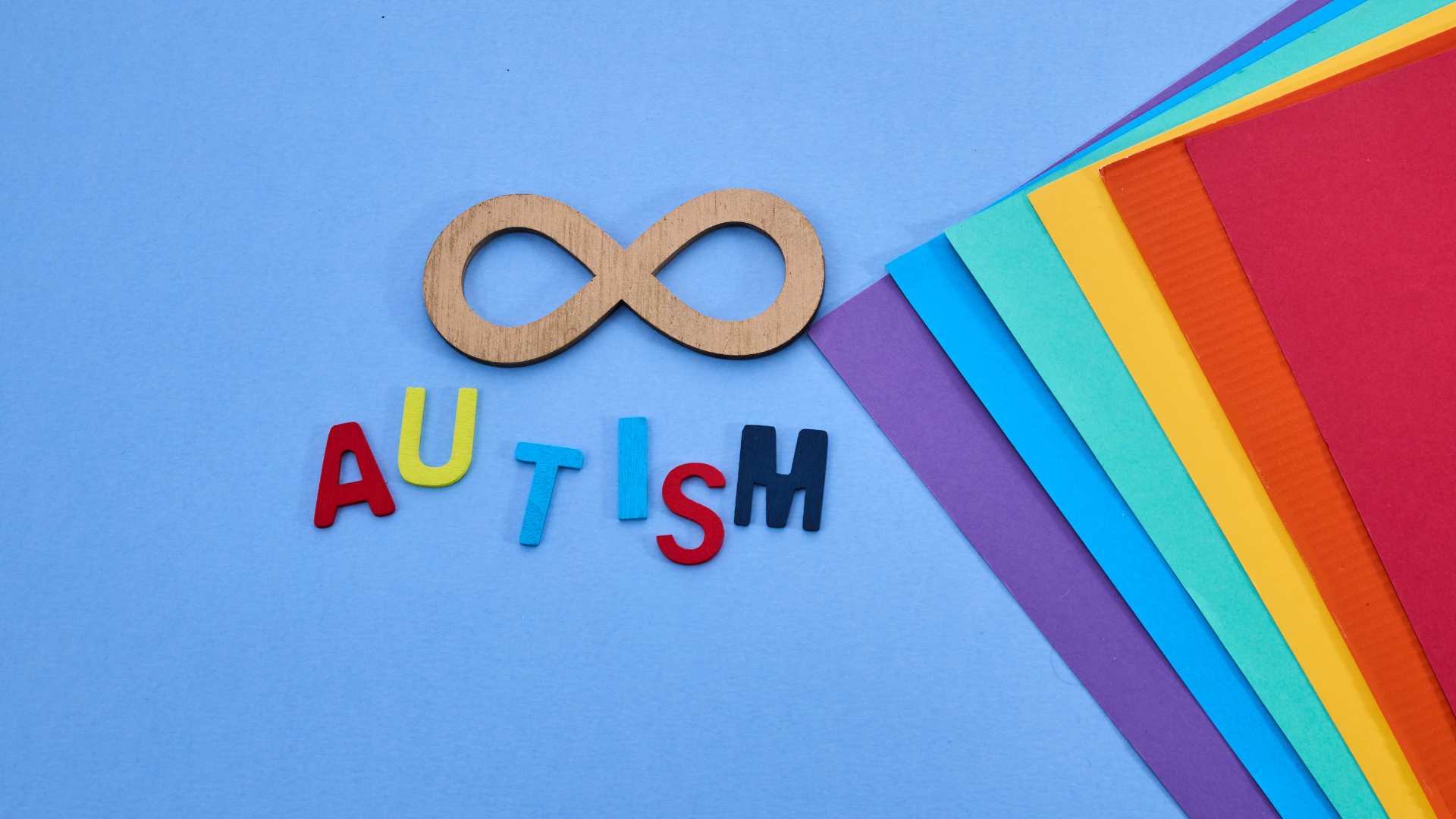Table of Contents
What do the latest statistics for autism mean?
It’s no secret that autism has become an increasingly important topic in conversations around child development, education, and healthcare. But with the latest autism statistics from the Centers for Disease Control and Prevention (CDC) showing that 1 in 31 children in the U.S. are now diagnosed with autism, families across Tennessee are asking: What do the latest statistics for autism mean? Are more children developing autism, and how do these new autism statistics impact access to care, school accommodations, and support services?
For many parents, seeing these rising autism rates triggers both concern and curiosity. They want to understand not just the numbers but the context behind them. Why are more children being diagnosed? Is this due to environmental changes, or are healthcare systems simply improving in identifying neurodiverse individuals? These are valid questions—and the answers matter deeply to families navigating the autism journey.
In this blog by ABA Centers of Tennessee, we break down the new CDC autism statistics, explain why autism rates are rising, dispel myths, and help families understand how early intervention, including personalized ABA therapy, can make a powerful difference.
Let’s explore what’s behind the prevalence of autism and what it means for our communities.
Autism Statistics: What the Latest CDC Data Reveals
The CDC’s Autism and Developmental Disabilities Monitoring (ADDM) Network’s recent findings indicate a significant uptick in autism prevalence:
- Prevalence Increase: Autism rates have risen to 32.2 per 1,000 children aged 8 years (1 in 31), up from 27.6 per 1,000 (1 in 36) in the previous report.
- Gender Disparity: Boys continue to be diagnosed at higher rates than girls—approximately 3.4 times higher.
- Demographic Shifts: For the first time, prevalence rates are higher among Asian/Pacific Islander, Black, Hispanic, and multiracial children compared to white children.
- Early Identification: Children born in 2018 show 1.7 times higher rates of diagnosis by 48 months compared to those born in 2014, indicating improvements in early detection.
Why Are Autism Rates Increasing?
There is no single explanation for the rise in autism statistics. Instead, several factors work together:
- Greater Awareness and Education: Families, educators, and healthcare providers are now more familiar with the signs of autism.
- Improved Diagnostic Tools: The criteria for autism diagnosis have evolved. Today, clinicians are better equipped to identify children with subtle or non-traditional presentations of autism, including girls and children from historically underserved populations.
- Early Screening Efforts: Pediatricians are increasingly performing routine autism screenings during well-child visits, leading to earlier and more frequent diagnoses.
- Expanded Definition of Autism: The DSM-5’s broader criteria for autism spectrum disorder now include a wider range of characteristics and behaviors, capturing more individuals than in previous editions.
Addressing Misconceptions: Is There an Autism Epidemic?
While the term “epidemic” suggests a sudden outbreak, it’s essential to recognize that autism is a neurodevelopmental condition, not a disease. The rising autism statistics primarily reflect advancements in detection, awareness, and diagnostic practices rather than an actual surge in cases.
One of the key reasons for the misconception about an “autism epidemic” is the expansion of diagnostic criteria. In the past, only individuals with severe impairments received a diagnosis of autism. However, with better understanding and research, we now know that autism encompasses a broad spectrum of symptoms and severity levels. This expanded criteria has led to an increase in diagnoses among individuals who may have previously gone unnoticed or misdiagnosed.
Additionally, there has been an increase in public awareness and understanding of autism over the years.
With campaigns like World Autism Awareness Day and organizations advocating for individuals on the spectrum, more people are now able to recognize the signs and symptoms of autism.

The Importance of Early Diagnosis and Intervention
Clinicians consistently state that early intervention can significantly improve outcomes for children with autism. According to the NICHD, children who receive early treatment often make meaningful gains in communication, behavior regulation, and daily living skills.
Early intervention helps families better understand their child’s needs and equips them with the tools to support their child’s development. It can also prevent frustration and challenging behaviors that arise when a child struggles to communicate or interact with their environment.
What Do These Numbers Mean for Tennessee Families?
For families in Tennessee, the new autism statistics underscore the need for accessible, high-quality autism care. Rising prevalence rates mean that an increasing number of children require diagnostic evaluations, therapy, and educational support. It also means that more parents are seeking answers and a sense of community.
This update is particularly relevant in communities that previously lacked resources specific to autism. Families are now more aware of the importance of earlier screenings, inclusive education, and personalized care.
Supporting Families from Day One
At ABA Centers of Tennessee, we’re committed to walking alongside families from the moment of diagnosis through every milestone that follows. Our team of BCBAs and RBTs understands that no two children are alike. That’s why we provide customized ABA therapy plans that reflect each child’s goals, interests, and developmental stage.
We support families in navigating insurance benefits, coordinating services, and creating therapy schedules that work for them. Our centers also promote family training and involvement, ensuring that parents and caregivers feel empowered and informed.
With locations throughout Tennessee, including Brentwood, Hendersonville, Nashville, and Madison, we’re proud to bring expert autism care to your community. Reach out to us at (844) 423-9483 or contact us on our website and receive the expert guidance your neurodiverse family needs.








